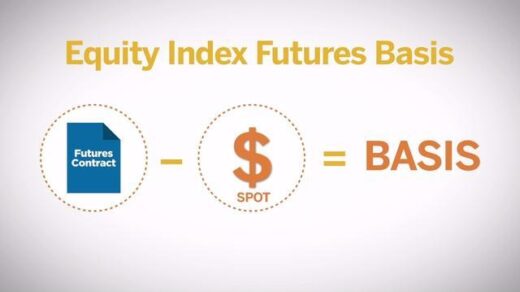In the dynamic landscape of Exchange Traded Funds (ETFs), the appointment of a trustee is a crucial step that underlines the commitment to investor protection and operational integrity. Let’s delve into the intricacies of the trustee’s role and responsibilities, shedding light on their pivotal position in the ETF framework.
Appointment of the Trustee:
Before an ETF is issued, the issuer is mandated to appoint a trustee licensed by the Capital Markets Authority (CMA) in Kenya. This trustee assumes a pivotal role in overseeing and safeguarding the interests of investors, ensuring that the ETF operates within regulatory frameworks and in alignment with investor expectations.
Powers, Authority, and Responsibilities:
The powers, authority, obligations, and responsibilities of the trustee are comprehensively outlined in the trust deed, a foundational document that governs the relationship between the trustee, the issuer, and the investors. The key facets of the trustee’s role include:
- Protection of Investor Interests:
- The trustee is endowed with powers necessary to protect the interests of investors and to execute its functions diligently. This includes taking measures to ensure transparency, compliance, and adherence to the ETF rules.
- Distribution Mechanism:
- The trustee assumes the responsibility of making distributions to unit holders exclusively from funds held by or paid to it for the specific purpose under the ETF rules. This mechanism ensures that investor returns are derived from legitimate and allocated sources.
- Safe Custody of Assets:
- One of the critical obligations of the trustee is to take delivery of and retain in safe custody the documents of title to the underlying assets. This meticulous supervision and control contribute to the security and integrity of the ETF’s portfolio.
- Delisting or Winding-Up Process:
- The trustee is duty-bound to prepare a detailed process for delisting or winding-up, underpinned by a distribution of redemption funds mechanism. This process is guided by the ETF’s Net Asset Value (NAV) based on the average price in the last trading month of the ETF.
Resignation and Succession:
In the event that the trustee’s certificate of registration is revoked or suspended, the trustee is deemed to have resigned. In such instances, the issuer is promptly required to appoint another legal person qualified to act as a trustee, ensuring the continuity of responsible oversight.
In essence, the appointment and responsibilities of the trustee in the realm of ETFs represent a commitment to transparency, investor protection, and regulatory compliance. As the trustee diligently executes its obligations, investors can have confidence that their interests are safeguarded, contributing to the overall trust and resilience of the ETF market in Kenya.




